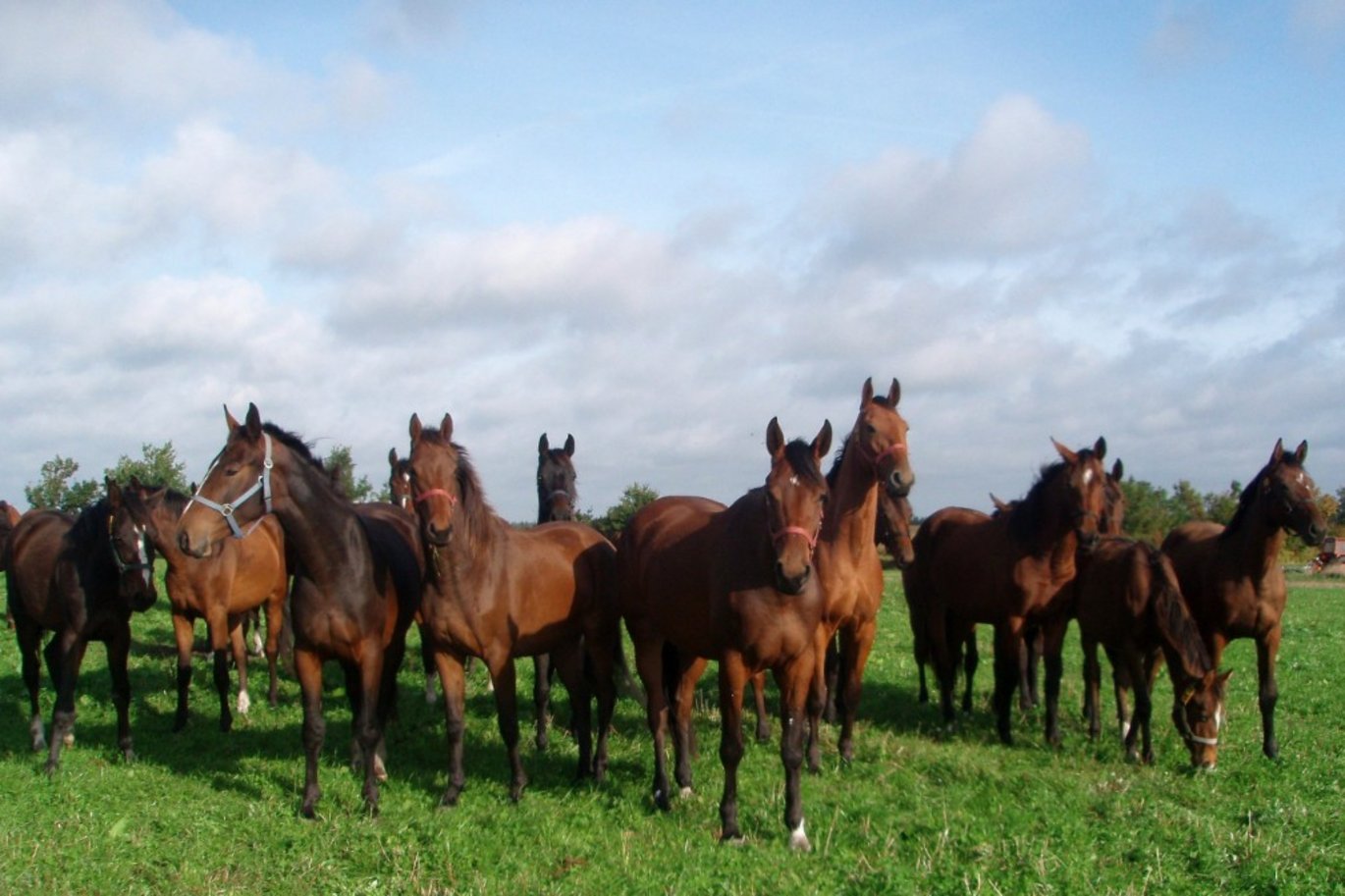Parasite control in horses – Moving towards harmonized guidelines?
Control of intestinal worms in horses is handled differently from country to country, based on different guidelines. Now, researchers and professionals behind these guidelines have come together to examine differences and similarities and to seek consensus.

Most people probably get a bit uneasy at the thought of their animals having intestinal worms, and many will immediately think that the worms must be eliminated by a deworming treatment.
Deworming works but does not eliminate the parasites
It is completely normal for horses to harbor intestinal worms and be completely healthy. Nevertheless, it is important to deworm to avoid high parasite infection pressures in the horses’ environment and reduce the risk of parasitic disease. Furthermore, it is important to recognize that intestinal worms cannot be eliminated and they are part of the normal gut flora.
Guidelines for treatment in different countries
From the USA to Australia, and across Denmark and the rest of Europe, guidelines for the treatment of intestinal worms in horses have been developed and published in recent years. The recommendations, however, are not the identical between countries and regions, which can cause some confusion among veterinarians and horse owners.
Why are there differences in the guidelines? And is it possible to create more harmonized recommendations across countries?
An international group of professionals who have developed guidelines for USA, UK, Sweden, Denmark, the Netherlands, Australia, and Europe have now come together to review them in a recently published scientific article.
The work was led by Professor Martin Krarup Nielsen from Aarhus University, and this is no coincidence. He was the main author behind the first equine parasite control guideline published in the USA in 2012. Since then, other countries have followed suit, and Dr. Nielsen was involved in the development of the British, Australian, and Danish guidelines as well.
More similarities than differences
Overall, the group found good agreement between the guidelines.
The overall goals were the same: 1) To reduce the risk of parasitic disease, and 2) To prevent further development of dewormer resistance as much as possible. Deworming should be performed based on regular fecal analysis of parasite eggs. This is a strategy moving away from preventive medication and reduces the reliance on dewormer products. This, in turn, reduces the rate of drug resistance development and decreases the discharge of pharmaceutical residues into the environment.
It is therefore also recommended to check whether the provided dewormer works as expected by measuring egg excretion after treatment. This practice has not yet fully caught on among veterinarians. There may be various reasons for this, but – the group notes – it shows a need for communication about why this is needed.
Different legislation and practice
There are basically only four types of dewormers for horses: benzimidazoles, pyrimidines, macrocyclic lactones, and pyrazino-isoquinolines. There are, however, major differences in how they are used and who can prescribe them in the different countries.
Denmark and Sweden have the strictest regulations. Here, only veterinarians can prescribe dewormers. This contrasts with the USA and Australia, where dewormer products are available over the counter. Between these two extremes, there are varying ways of administering the prescription of the products in different countries.
There are also differences in which products are available. In Australia, for example, there are preparations that contain combinations of two or more active ingredients targeting the same parasites, whereas such combination products are not available at all in the Northern Hemisphere.
Resistance is a problem
The limited range of suitable compounds can eventually cause problems. When widespread resistance develops, it may no longer be possible to treat intestinal worms. Martin K. Nielsen notes that no new products have been developed in the past 30 years.
“Furthermore, in recent years there has been a lot of focus on the discharge of pharmaceutical residues into the environment, especially in the EU. Therefore, in the coming years, we also need to look more at non-medical ways to reduce infection pressure,” he says.
Guidelines must be communicated to end-users
An important conclusion in the group’s work is that proper communication of the recommendations is necessary.
“Even though we have made plenty of guidelines, we must admit that communicating to end-users is not our strongest skills,” reflects Martin K. Nielsen as I speak with him about their work.
“That is why there are now initiatives involving other professional groups who are experts in communication strategies,” he concludes.
Additional information | |
We strive to ensure that all our articles live up to the Danish universities' principles for good research communication (scroll down to find the English version on the web-site). Because of this the article will be supplemented with the following information: | |
External funding | None |
External collaborators |
|
External commenting | Journal peer-review |
Conflicts of interest | None |
Read more | Nielsen, M.K. et al. (2025). Global equine parasite control guidelines: Consensus or confusion? International Journal for Parasitology: Drugs and Drug Resistance. https://doi.org/10.1016/j.ijpddr.2025.100600 |
Contact information | Martin K. Nielsen Martin.Nielsen@anivet.au.dk |
